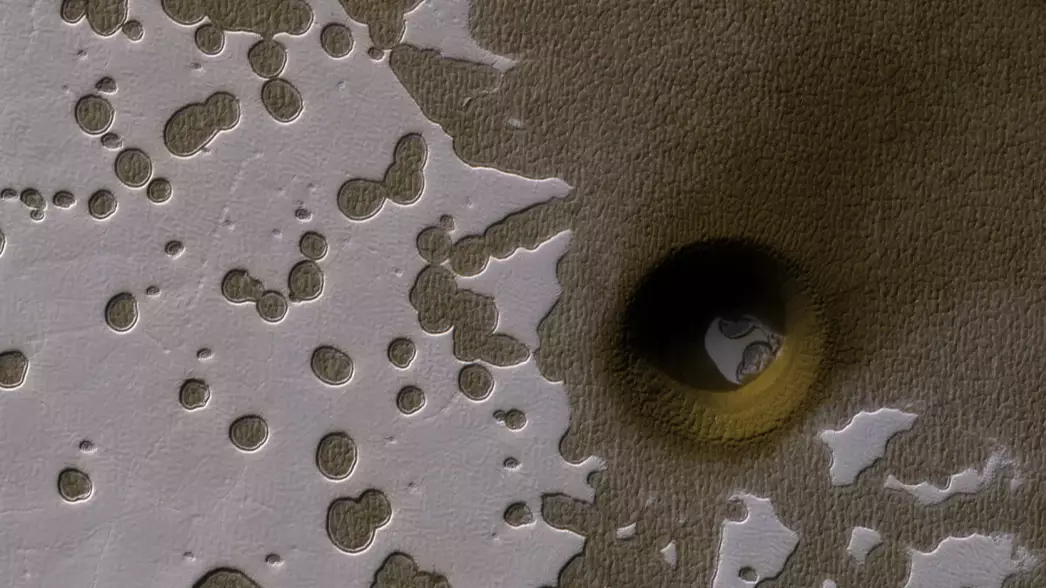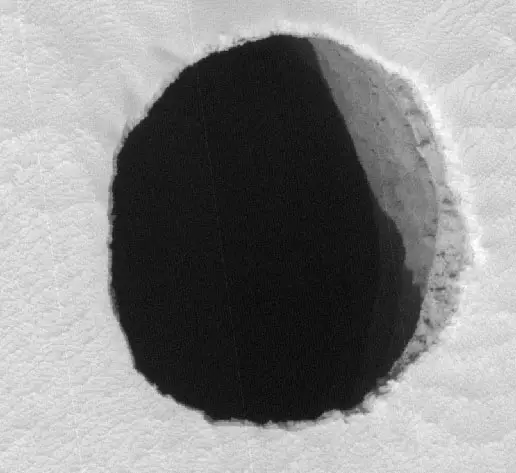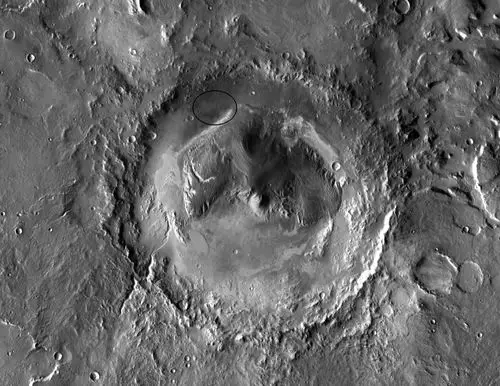
NASA's Mars Rover has been scouring Earth's closest neighbour for several years and it still hasn't found anything that would suggest that life exists on the red planet. The atmosphere is pretty much all carbon dioxide, the surface is repeatedly hit with harmful radiation and it can drop below -100 degrees Fahrenheit in summer.
And you thought your winter was bad.
But apparently, that doesn't mean that life can't grow under the surface. Astrobiologist Penny Boston believes that Mars' subsurface could be a good to look for signs of life. Some of her studies have looked at how some forms of microorganisms thrived deep underground on Earth.

Credit: NASA/University of Arizona
Advert
She told the US National Park Service: "The biodiversity down there is extreme - it's super biodiverse -one patch of bacteria in Lechuguilla might have just a 20 percent overlap with the patch next to it."
So, if it can happen on our planet, why not on Mars? Doctor Boston found that the microorganisms she discovered in a cave were living off the manganese and iron compounds from rocks. The same could be said for the more than 300 subsurface features seen on the red planet since satellites began orbiting it 20 years.
One particular crater has taken scientist's speculation. The hole in question is on the south pole and is estimated to be hundreds of feet across and surrounded by frozen carbon dioxide.
NASA suspects that it could be an impact crater or a collapsed pit. But digging below that could provide some vital information about whether there is any life lurking below.

Credit: NASA
Advert
Another theory about the crater is that it used to be a lake for about 700 million years. It's believed that the lake was split into two sections, with an oxygen-rich mix near the top - the best place for life to thrive.
A NASA statement reads: "Flowing water appears to have carved channels in both the mound and the crater wall. To get to the mound, the Mars Science Laboratory would land in a flatter part of the crater and carefully work its way upward, layer by layer.
"Along the way, the rover would investigate how the layers formed and the environments in which they formed."
As of 2015, 100 people had been shortlisted to embark on a mission to Mars and never return. It's understood that the mission will launch in 2025 and will take seven months to reach the planet. The candidates will hopefully land on Mars and then spend the rest of their lives researching the planet.
Featured Image Credit: NASA